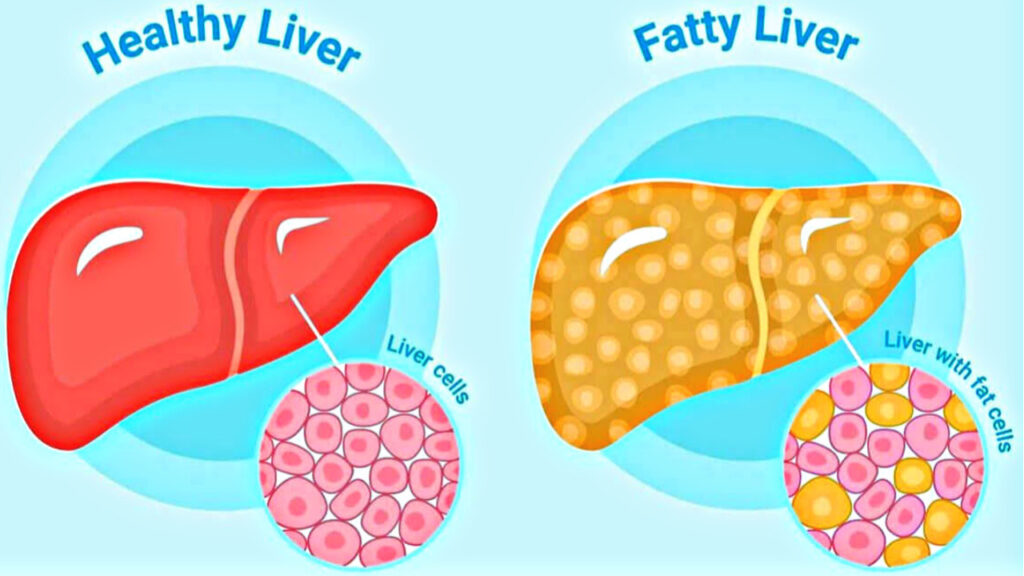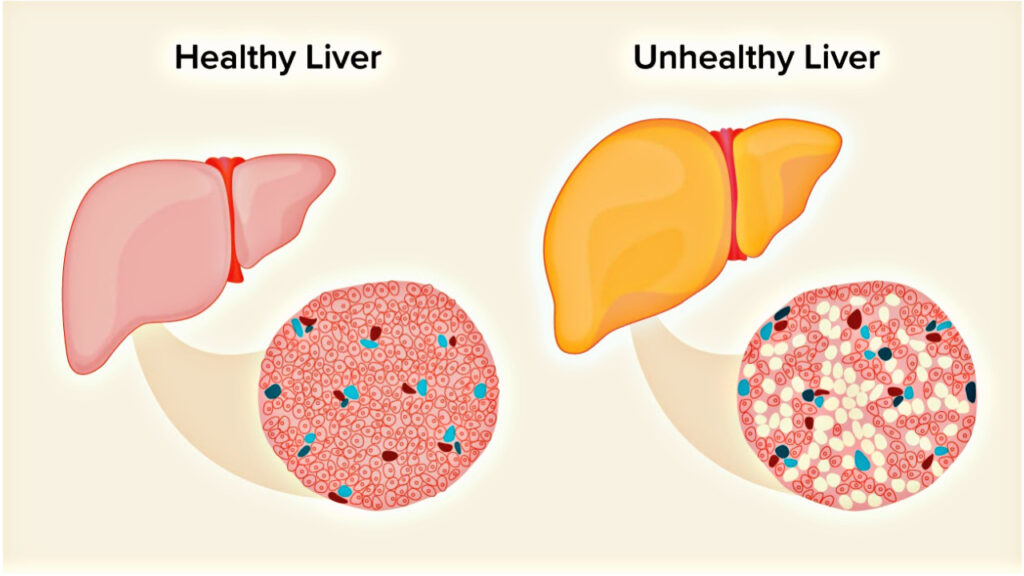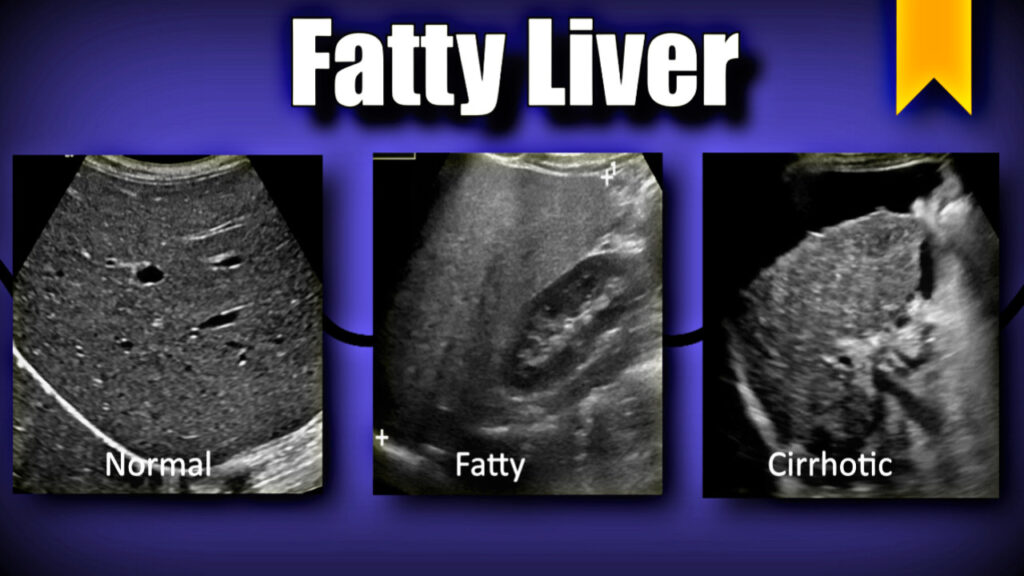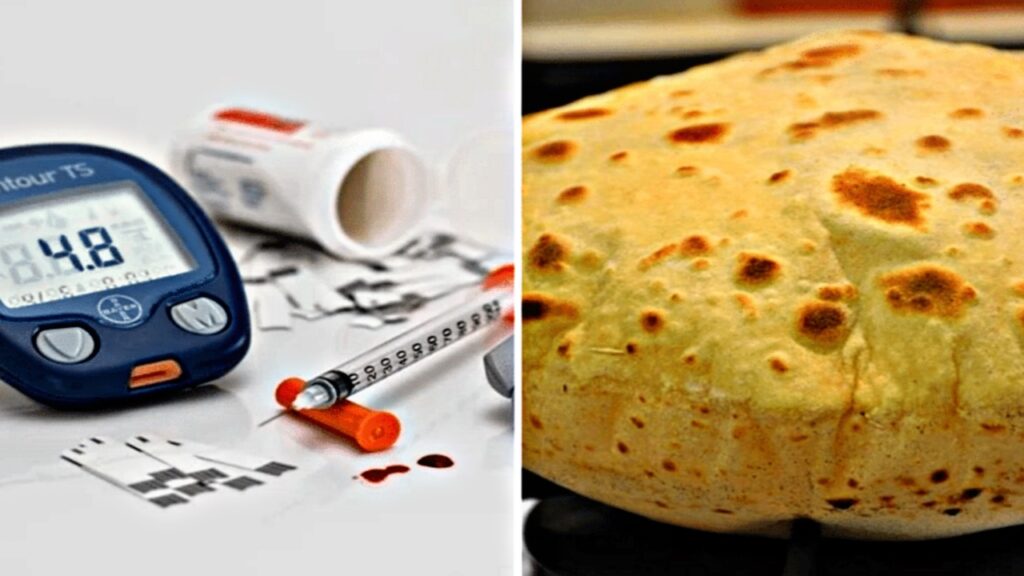Fatty Liver
Fatty liver disease, also known as hepatic steatosis, occurs when excess fat builds up in the liver. While a small amount of fat in the liver is normal, too much can lead to inflammation and liver damage over time. There are two main types of fatty liver disease: non-alcoholic fatty liver disease (NAFLD) and alcoholic fatty liver disease (AFLD). Recognizing the early signs can help prevent complications and support effective treatment.

Common Signs and Symptoms
Fatty liver disease is often called a “silent” condition because many people have no noticeable symptoms in the early stages. However, as the condition progresses, certain signs may start to appear:
1. Fatigue and Weakness
Feeling tired or low in energy without a clear reason is one of the most common early signs. The liver plays a key role in breaking down nutrients and producing energy. When it’s overloaded with fat, its function slows down, leading to general fatigue.
2. Discomfort in the Upper Right Abdomen
Some people may feel a dull or aching pain in the upper right side of the abdomen. This is where the liver is located. While the pain is usually mild, it can become more noticeable as the fat buildup increases.
3. Unexplained Weight Loss or Weight Gain
In some cases, people with fatty liver disease may lose weight without trying. On the other hand, weight gain, particularly around the abdomen, is often linked to NAFLD. Obesity and metabolic syndrome are major risk factors for this condition.
4. Abdominal Swelling (Ascites)
As the disease progresses, fluid may start to accumulate in the abdomen, causing swelling. This symptom is more common in advanced stages, such as non-alcoholic steatohepatitis (NASH) or cirrhosis.

5. Jaundice (Yellowing of Skin and Eyes)
Jaundice is a sign that the liver is not functioning properly. It occurs when the liver is unable to process bilirubin, a yellow pigment. This symptom typically appears in later stages of liver damage.
6. Dark Urine and Pale Stools
Changes in urine and stool color can also indicate liver problems. Dark urine and light-colored stools suggest that the liver is not processing waste products effectively.
7. Swollen Legs or Ankles
Fatty liver can lead to fluid retention, especially in the lower extremities. This swelling is called edema and can be uncomfortable.
8. Mental Confusion or Trouble Concentrating
In advanced stages of liver disease, toxins can build up in the blood and affect brain function. This condition, called hepatic encephalopathy, can cause confusion, memory problems, and difficulty focusing.
When to See a Doctor
Since fatty liver disease often has no symptoms in its early stages, regular health checkups and liver function tests are essential—especially for people with risk factors such as obesity, diabetes, or high cholesterol. If you experience any of the symptoms mentioned above, consult a healthcare provider for further evaluation.
Fatty liver disease is manageable, especially when caught early. A healthy lifestyle, including a balanced diet, regular exercise, and avoiding alcohol, can significantly improve liver health. Recognizing the signs early is the first step toward prevention and recovery.





